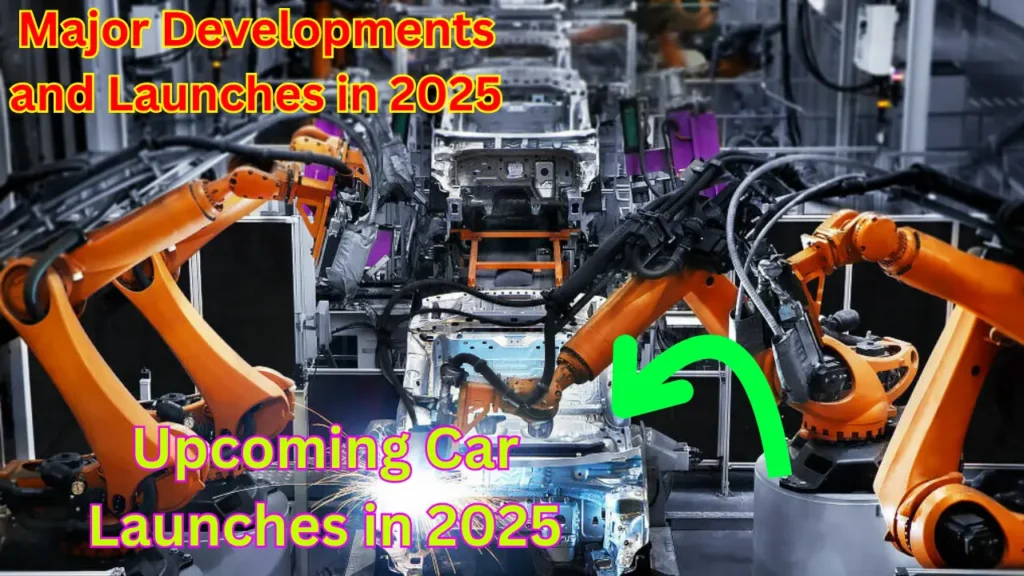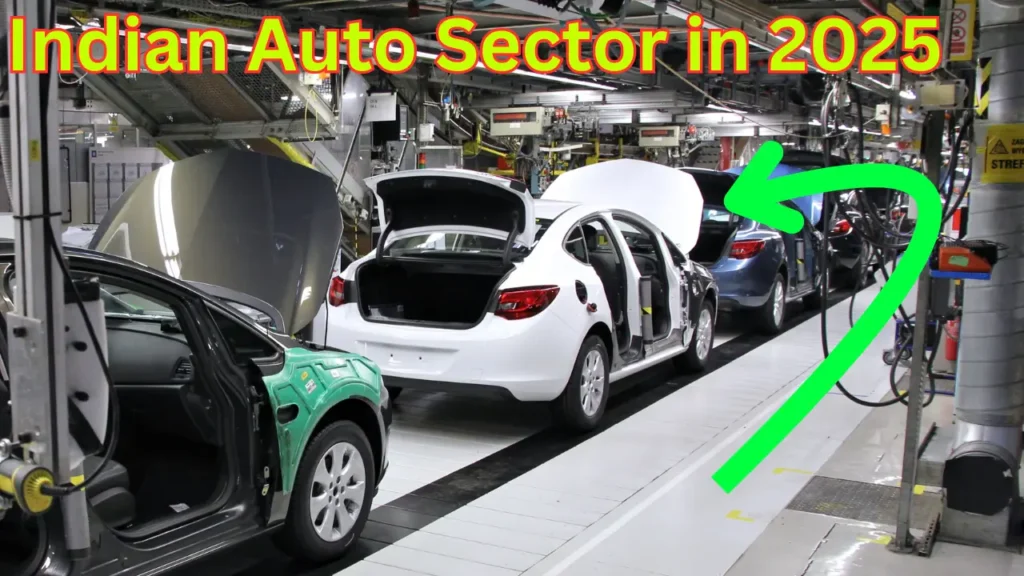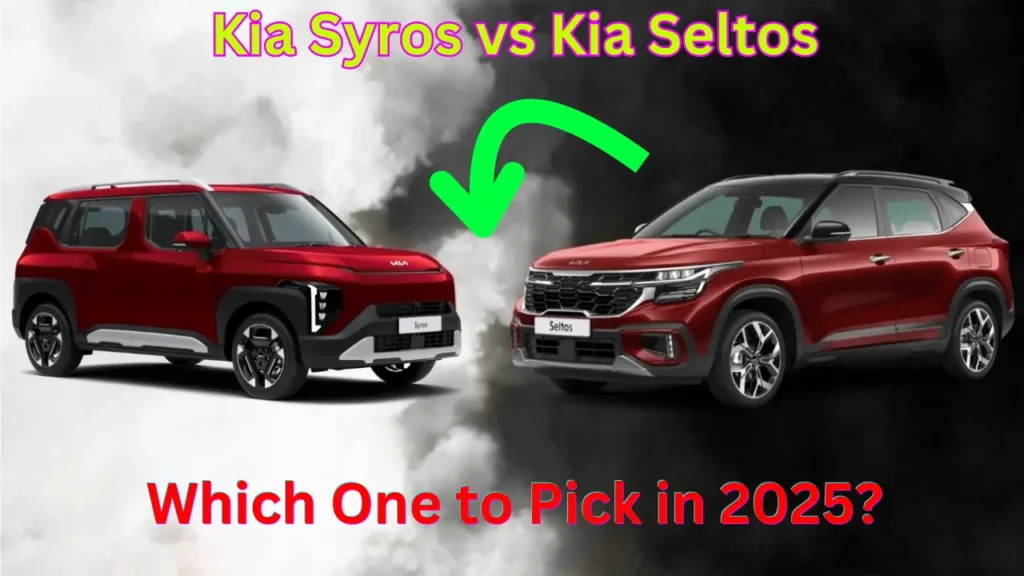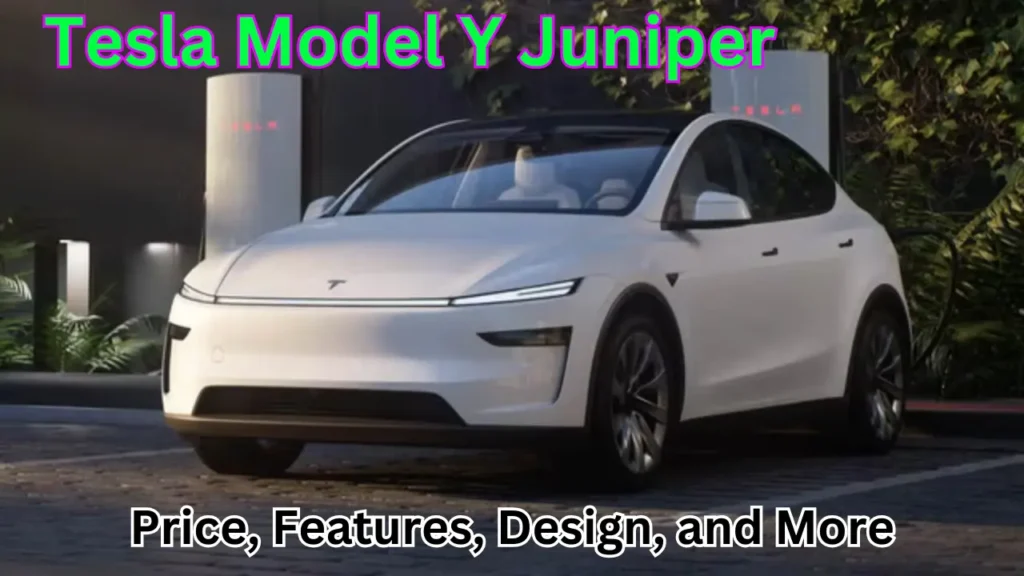Indian Auto Sector in 2025: The Indian automobile sector, after witnessing a stellar performance in 2023, faced a slowdown in 2024. With domestic passenger vehicle sales showing a marginal 1% growth between April and November 2024, the industry is cautiously optimistic about 2025. Despite this slow growth, the premium vehicle segment is expected to be the driving force behind the sector’s expansion. Factors such as the growing dominance of SUVs, significant investments by automakers, and rising interest in electric and hybrid vehicles are shaping the future of India’s auto industry.
Market Overview
Passenger Vehicle Sales
- Overall Growth: 1% growth in domestic passenger vehicle sales (April-November 2024)
- Car Sales: Declined by 12%
- Utility Vehicle Sales: Increased by 12.9%
- SUV Market Share: Over 60% of total vehicle sales
Premium vs. Entry-Level Vehicles
- Premium Segment: Expected to thrive in 2025 due to increased disposable income and demand for luxury vehicles.
- Entry-Level Segment: Facing diminished demand due to rising costs, increased fuel prices, and rural market downturns. Higher input costs and regulatory compliances have led to increased vehicle prices, affecting affordability.
Key Players and Market Share
| Company | Market Share (%) | Future Plans |
|---|---|---|
| Maruti Suzuki | ~40% | Expansion into hybrid and electric vehicles; focus on affordability with CNG variants. |
| Hyundai Motors | ~17% | ₹32,000 crore investment in R&D and new models; focus on EVs and autonomous technology. |
| Tata Motors | ~14% | Aggressive EV strategy, introduction of hydrogen fuel cell vehicles. |
| Mahindra | ~10% | Launch of 23 new models by 2030, including SUVs and EVs. |
Major Developments and Launches in 2025
Hyundai Motors IPO and Future Plans
- IPO Size: ₹28,000 crore
- Investment Plans: ₹32,000 crore over 10 years in EVs, R&D, and advanced manufacturing.
- Upcoming Models: Introduction of next-gen Creta EV, high-end SUVs, and autonomous driving features.
Mahindra’s Aggressive Expansion
- Total Investment: ₹37,000 crore over seven years
- New Models: 23 new vehicles, including 9 internal combustion engine SUVs, 7 EVs, and 7 light commercial vehicles (LCVs).
- EV Collaboration: Partnership with Volkswagen for scalable EV components; development of the INGLO platform.
- New Manufacturing Plants: Expansion in Tamil Nadu and Gujarat to scale up EV production.
Tata Motors
- EV Focus: Expansion of Nexon EV, Tiago EV, and introduction of Avinya concept EV.
- CNG Models: Nexon CNG, Altroz CNG variants to address rising fuel costs.
- Design Innovations: New-age designs, sustainable materials, and futuristic concepts.
Maruti Suzuki
- Hybrid Expansion: Focus on hybrid models through Toyota collaboration.
- New Launches: Upcoming hybrid SUVs, plug-in hybrid sedans, and micro-SUVs for urban markets.
- Focus on Affordability: Expanding CNG models to attract cost-conscious consumers.
Upcoming Car Launches in 2025
| Brand | Model | Price (Expected) | Launch Date | Key Features |
| Hyundai | Creta EV | ₹16-18 lakh | Q2 2025 | Long-range battery (500 km), ADAS Level 2, modern design. |
| Mahindra | XUV.e8 | ₹22-25 lakh | Q3 2025 | Advanced INGLO EV platform, fast charging (0-80% in 30 mins), premium interiors. |
| Tata Motors | Harrier EV | ₹21-23 lakh | Q2 2025 | Futuristic design, extended range (550 km), connected tech, autonomous features. |
| Maruti Suzuki | Grand Vitara Hybrid | ₹16-18 lakh | Q2 2025 | Strong hybrid engine, premium interiors, ADAS safety suite. |
Design, Interior, and Exterior Details

Hyundai Creta EV
- Exterior: Sleek aerodynamic design, LED headlamps, bold front grille with illuminated logo.
- Interior: Spacious cabin, digital instrument cluster, eco-friendly materials.
- Color Options: Midnight Black, Polar White, Electric Blue, Emerald Green.
Mahindra XUV.e8
- Exterior: Futuristic design with illuminated logo, large alloy wheels, dynamic LED lighting.
- Interior: Dual-screen setup, ventilated seats, premium finishes, wireless charging, 3D surround sound.
- Color Options: Glacier White, Space Grey, Ocean Blue, Sunset Orange.
Tata Harrier EV
- Exterior: Aggressive front fascia, LED DRLs, coupe-like roofline, aerodynamic alloy wheels.
- Interior: Luxurious cabin with vegan leather seats, touchscreen infotainment, panoramic sunroof.
- Color Options: Solar Red, Moonlit Silver, Jet Black, Arctic White.
Maruti Suzuki Grand Vitara Hybrid
- Exterior: Bold SUV stance, chrome accents, LED taillights, signature front grille.
- Interior: Plush interiors, smart hybrid tech, digital cockpit, connected car features.
- Color Options: Arctic White, Nexa Blue, Magma Grey, Pearl Metallic Silver.
Trends Driving the Auto Sector in 2025
Rise of Electric and Hybrid Vehicles
- Government Policies: Enhanced FAME II subsidies, PLI scheme for battery manufacturing.
- Charging Infrastructure: 1,000+ new charging stations in metro cities and highways.
- Hybrid Popularity: Affordable hybrid options from Maruti and Toyota gaining momentum.
Premiumization of Vehicles
- Demand Shift: Growing demand for feature-rich premium cars.
- Luxury Brands: Entry of global luxury brands like Lexus, Audi with India-specific models.
Alternative Fuels
- CNG Vehicles: Maruti and Tata expanding CNG lineups.
- Hydrogen Fuel: Tata exploring hydrogen fuel cell technologies.
Indian Auto Sector in 2025 Conclusion
The Indian automobile sector in 2025 is poised for transformative growth. Despite challenges in the entry-level segment, premium and electric vehicles will dominate the market. Significant investments by automakers, evolving technology, and shifting consumer preferences ensure a promising future for the industry.
Read Latest News: Click Here
Indian Auto Sector in 2025 FAQs
- Which segment will drive the Indian auto sector’s growth in 2025?
The premium vehicle, electric vehicle, and SUV segments are expected to drive growth. - What are the top upcoming car launches in 2025?
Hyundai Creta EV, Mahindra XUV.e8, Tata Harrier EV, and Maruti Grand Vitara Hybrid. - How are automakers investing in electric vehicles?
Major players are investing heavily in EV technology, infrastructure, and advanced safety features. - What challenges does the Indian auto sector face in 2025?
Economic slowdown, rising input costs, supply chain issues, and stiff competition. - Is the Indian government supporting electric mobility?
Yes, through initiatives like FAME II subsidies, PLI schemes, and charging infrastructure development.



Pingback: Kia Syros vs Kia Seltos: Which One to Pick in 2025? – hindpratidin.com